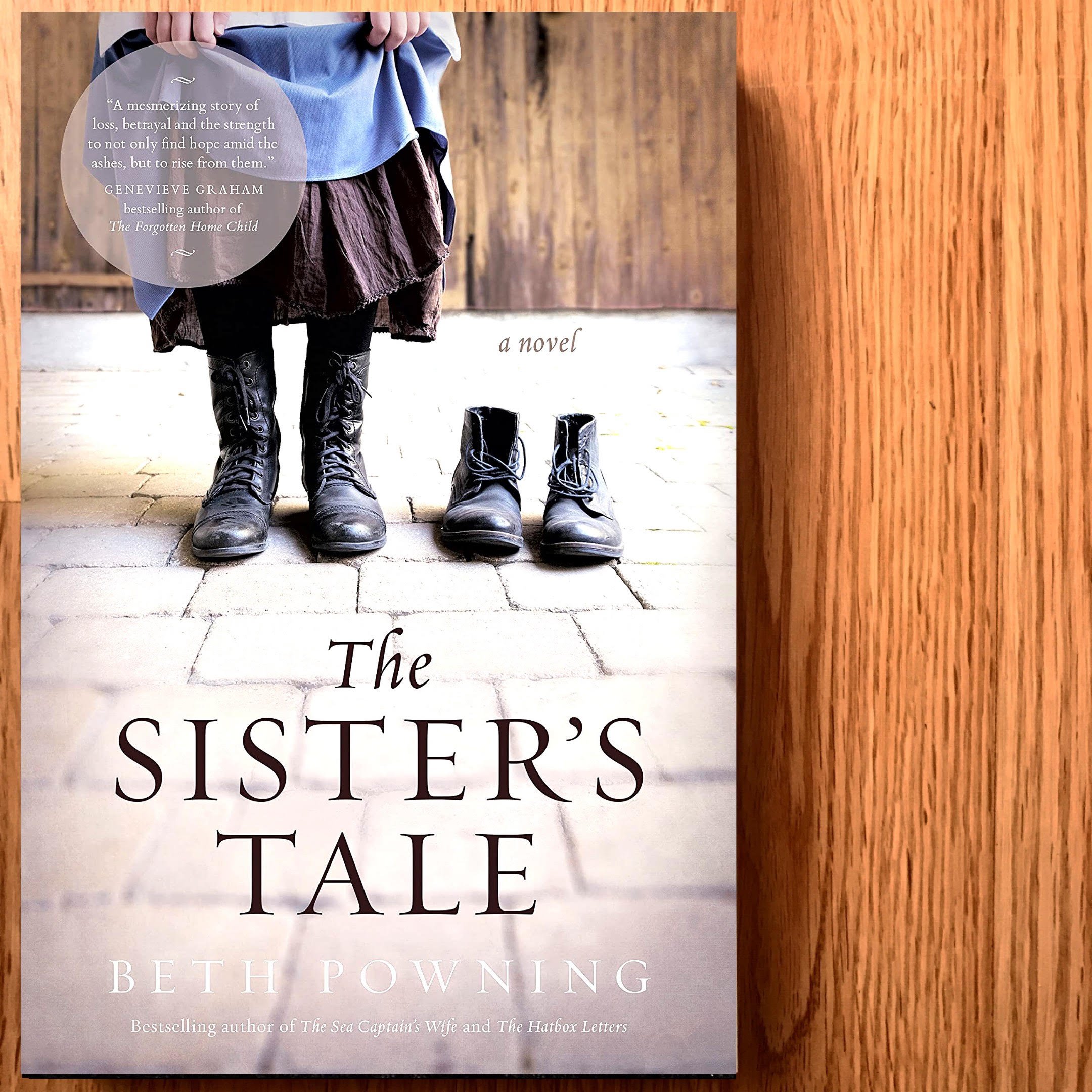By Anusha Runganaikaloo
Content warning: child abuse, child neglect, sexual assault, misogyny
Oliver Twist meets Anne of Green Gables in The Sister’s Tale by Beth Powning, a skillful portrayal of small-town life in 19th century New Brunswick. Josephine Galloway, who runs the family house while her sea captain husband is away, is cornered into purchasing British home child Flora Salford at a pauper auction in order to save her from predators.
Flora soon becomes a vital figure in the Galloway household. Her sharp mind, deft hands, and practical intelligence prove invaluable, especially when tragedy strikes and Josephine is forced to turn her home into a boarding house to avoid losing it.
An improbable bond develops between Josephine, her daughter Maud, and the housemaids, as they struggle together to make ends meet and settle into a life of genteel poverty. Lines are blurred and boundaries broken as maids and mistresses become like sisters.
After a lifetime of trials, Flora at last feels like she belongs. However, until she finds her sister Enid, whom she was tricked into leaving at a workhouse in England five years ago, when both were still little girls, she will never be at peace. So when she learns that Enid is working on a farm in Nova Scotia, she sets out on a perilous journey to find her.
The story unfolds with a murder mystery as a backdrop, which gives it an interesting edge. Unfortunately, this subplot seems far-fetched and awkward at times, not to mention jarringly dramatic in comparison to the main plot. However, the ambiguity of one of the suspects, as well as the irresistible, nauseating pull Flora feels toward him, is portrayed in a very realistic manner.
Their twisted relationship is nonetheless hard to stomach, and the reader may feel a mixture of empathy and powerless rage as Flora, who has never known love or respect from a man, is manipulated by Jasper Tuck. The combination of street smarts and profound naïveté that make up Flora’s personality is understandable, as she has been treated no better than a workhorse all her life.
Several social issues relevant to the period are dealt with in this well-researched novel, which takes place at a time when the suffrage movement was gaining momentum, corsets were being discarded, and women were timidly starting to be admitted to the legal profession.
However, it was also a time when widows without a will did not have custody of their own children. Orphaned children were still being shipped out from workhouses in England to Canada, making their existence one of endless exploitation and abuse. Pauper auctions still took place in towns where almshouses did not exist.
These lesser-known aspects of Canadian history are presented in a very engaging way, and the author’s elegant style makes me impatient to discover her other novels, especially The Sea Captain’s Wife, in which some of the colourful characters from The Sister’s Tale are the protagonists.
Thank you to Knopf Canada for the complimentary copy in exchange for an honest review.

